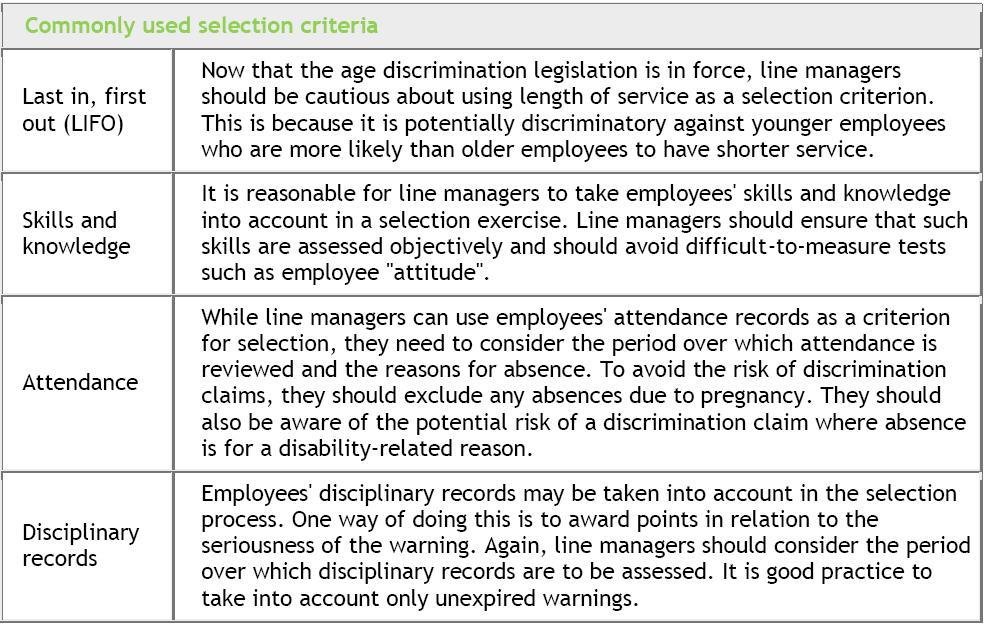Every year in April, a number of changes are made to Employment Law. As a manager or an employer, it is really important that you know about these changes and how they might affect your staff and your business. If you missed our recent workshop, where we talked through many of the changes, here is a summary of those that affect how much you pay your staff and when.
National Minimum Wage – from 1 April 2017 these have increased as follows:
- Workers aged 25 and over – £7.50
- Workers 21 to 24 – £7.05
- Workers 18 to 20 – £5.60
- School age to 18 – £4.05
- Apprentices under 19 or in their first year – £3.50
If you need to review your pay rates, you should identify eligible workers and check the new rates which are now applicable. Work out the gross pay received during the pay reference period, including bonuses and commission but not overtime or tips. Calculate the number of hours worked, excluding rest breaks and travel to work. You will then need to pay any arrears immediately and increase the worker’s pay to the minimum wage level or higher. Make sure that you keep records of changes in pay, as it your responsibility, as the employer, to prove payment. HMRC have the right to check at any time, to ask to see records and to order payment of arrears.
Statutory Redundancy Rates – the maximum week’s pay for the purposes of calculating a statutory redundancy payment increased to £489 on 6 April 2017. The maximum number of years of employment that can be taken into account is 20. From 6 April 2017, the maximum statutory redundancy payment that an employee will be able receive is £14,670.
Statutory Maternity Pay – from 2 April 2017, statutory maternity pay after the first six weeks of maternity leave increased to £140.98 (or 90% of average weekly earnings if this figure is less than the statutory rate.) The lower earnings limit also increases to £113 in April 2017.
Statutory Paternity Pay – Statutory paternity pay increased to £140.98 (or 90% of average weekly earnings if this figure is less than the statutory rate) on 2 April 2017. The lower earnings limit also increased to £113 in April 2017. Paternity pay is available to a person of either sex in an adoption situation, and to the spouse, civil partner or partner of either sex of the biological mother of a child.
Shared Parental Leave – Statutory shared parental pay increased to £140.98 (or 90% of average weekly earnings if this figure is less than the statutory rate), on 2 April 2017. The lower earnings limit also increased to £113 in April 2017. The shared parental leave and pay depends on the amount of maternity leave and pay that the mother takes, and the amount of shared parental leave and pay that the other parent takes. Shared parental leave and pay is also available in an adoption situation. Each parent claims shared parental leave and pay from his or her own employer. Parents must satisfy individual eligibility requirements and joint eligibility requirements.
Statutory Sick Pay – the rate of statutory sick pay increased to £89.35 a week on 6 April 2017. The lower earnings limit also increased to £113 in April 2017. If the employee’s average earnings before deductions, such as tax and national insurance, are equal to or more than the lower earnings limit (currently £112), they will be entitled to £88.45 a week. Although the rate of statutory sick pay normally increases on 6 April, the rate did not rise on 6 April 2016. This rate has therefore applied since 6 April 2015.
Gender Pay Gap Reporting – from 6 April 2017, companies and employers in the private and voluntary sectors with 250 or more employees are required to publish gender pay gaps. These must be published annually on the organisation’s website and uploaded to a Government-sponsored website.
Apprentice Levy – on 6 April 2017, this levy was introduced, to be paid via PAYE. The levy will be 0.5% of an employer’s pay bill, although employers will receive an allowance of £15,000 to offset against payments. It applies to employers with a pay bill over £3 million. The Digital Apprenticeship Service will distribute funds raised by the levy. The levy is being used to fund the cost of apprenticeship training and assessment through co-investment, up to 90% of agreed price. Employers with 50 or fewer employees can receive 100% of the cost if they take on apprentices aged 16-18 (or 19-24 who have previously been in care, in local authority education or on a health and care plan.)
A number of other changes are being made to Employment Law this spring, which we’ll cover in some of our blog posts, which you can read here. If there are any issues that you would like to know more about, please contact us for a confidential chat. Call us on 0118 940 3032 or email sueferguson@optionshr.co.uk.
How Can You Improve Employee Performance for Free?
Employee performance is something that I am asked about on a regular basis. How do you manage it? What’s the best way to improve it? To help answer these questions and any specific ones that you have, I am running a free webinar at 11am on Wednesday 31 May 2017. It will last for around one hour, to give you plenty of time to ask any questions that you have. Book your place online now so that you don’t miss out. Click here to reserve your place.

 On the first day of Christmas, my HR Consultant gave to me, a Contract in a pear tree. Make sure that you have up to date contracts for all your employees.
On the first day of Christmas, my HR Consultant gave to me, a Contract in a pear tree. Make sure that you have up to date contracts for all your employees.
 On the third day of Christmas, my HR Consultant gave to me, three French Hens. If you have employees from Europe, keep an eye on our
On the third day of Christmas, my HR Consultant gave to me, three French Hens. If you have employees from Europe, keep an eye on our  On the fourth day of Christmas, my HR Consultant gave to me, four dreaded words. “You have been fired!” Before you rush to sack anyone, check to make sure you have a good reason and
On the fourth day of Christmas, my HR Consultant gave to me, four dreaded words. “You have been fired!” Before you rush to sack anyone, check to make sure you have a good reason and 

 On the seventh day of Christmas, my HR Consultant gave to me, seven swans-a-swimming. If, like a swan, you’re all grace and elegance above water, while below you’re frantically paddling to keep afloat of all things HR, just get in touch to see how we can help.
On the seventh day of Christmas, my HR Consultant gave to me, seven swans-a-swimming. If, like a swan, you’re all grace and elegance above water, while below you’re frantically paddling to keep afloat of all things HR, just get in touch to see how we can help.
 On the ninth day of Christmas, my HR Consultant gave to me, nine ladies dancing. And the men can dance too!
On the ninth day of Christmas, my HR Consultant gave to me, nine ladies dancing. And the men can dance too! On the tenth day of Christmas, my HR Consultant gave to me, ten lords (and ladies) leaping at the Christmas party. Make sure you lay down a few rules for proper behaviour, so that things don’t get out of hand.
On the tenth day of Christmas, my HR Consultant gave to me, ten lords (and ladies) leaping at the Christmas party. Make sure you lay down a few rules for proper behaviour, so that things don’t get out of hand. On the eleventh day of Christmas, my HR Consultant gave to me, eleven pipers piping. Make a big noise when your staff do a great job.
On the eleventh day of Christmas, my HR Consultant gave to me, eleven pipers piping. Make a big noise when your staff do a great job.  On the twelfth day of Christmas, my HR Consultant gave to me, twelve drummers drumming. I keep drumming good HR practices into my clients’ businesses, to help them grow successful companies that are great places to work.
On the twelfth day of Christmas, my HR Consultant gave to me, twelve drummers drumming. I keep drumming good HR practices into my clients’ businesses, to help them grow successful companies that are great places to work.